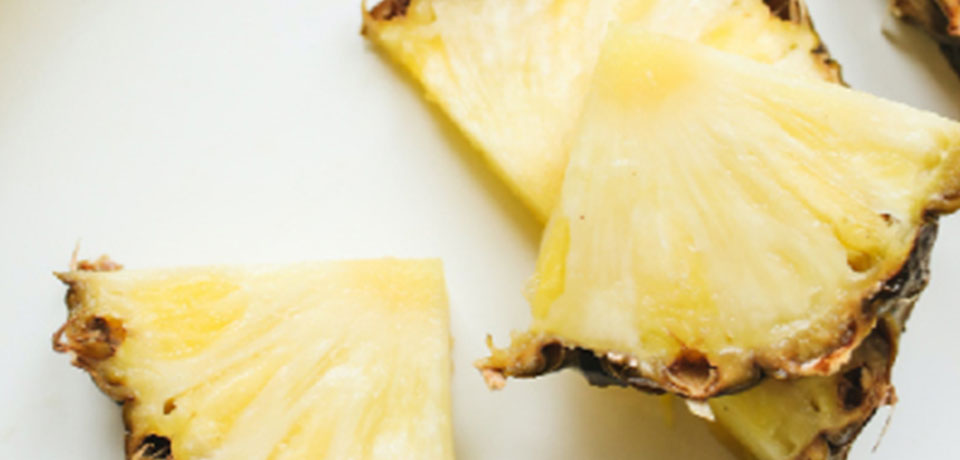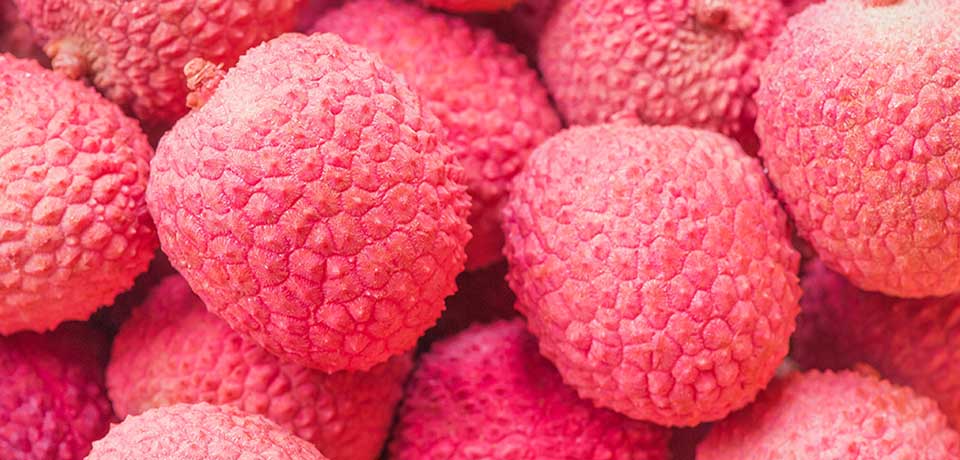Peru’s fruit exports have grown quickly during the last decade, rising from just $540 million in 2010 to $3.8 billion in 2020, with Peru ranking in the world’s top 10 fruit exporting countries since 2017. Although Chile remains the dominant Southern Hemisphere exporter, Peru has caught up with other major Southern Hemisphere suppliers Ecuador and South Africa.
Grapes, blueberries, and avocados drive Peru’s fruit exports, followed by steady citrus and mango gains. In 2020, the United States and the EU-28 accounted for more than 75 percent of Peru’s exports, while China, Hong Kong, and Canada each account for about 5 percent.

Fresh Grapes
Global exports of table grapes, grapes intended for fresh consumption, have been increasing steadily for decades. Fueled by strong growth in consumer demand, world exports have more than doubled since 2001 to a forecast of 3.4 million tons in 2020. While the Southern Hemisphere, led by Chile, used to dominate world trade, the last decade has produced significant changes.
Northern Hemisphere exports have risen by more than 160 percent and the area now supplies more than half of the world’s grape exports led by producers from China, India, Mexico, and Turkey. In contrast, Southern Hemisphere exports have grown by just 60 percent. Chile continues to be the dominant world supplier, exporting hundreds of thousands more tons than other countries, but the emergence of Peru as a key supplier has caused a significant shift in influence among Southern Hemisphere suppliers.
Table grape production in Peru occurs predominantly in two areas along the coast: Ica in the south (41 percent) and Piura in the north (22 percent). Ideal growing conditions, including precision irrigation and a consistent 12 hours of sunlight per day, expedite vine maturation, enabling Peru to respond to market demand and quickly adopt improved varieties. Peru’s production has experienced almost non-stop growth since at least 2001, increasing nearly five-fold to a forecast 665,000 tons in 2020/21.
Exports have seen a similar rise, forecast up to 470,000 tons in 2020/21 and boosted export dependency to more than 70 percent. For perspective, even though China produces 16 times more grapes than Peru, both countries exported nearly the same amount for the past decade. In 2010, they both exported nearly 90,000 tons, and this parallel track has continued up to 2020.

Peru overtook South Africa as the second-largest Southern Hemisphere supplier by volume in 2013, and it continues to make inroads on Chile’s market share. In 2001, Peru accounted for less than 1 percent (8,200 tons) of Southern Hemisphere shipments, compared to Chile’s 66 percent (629,400 tons) and South Africa’s 21 percent (197,000 tons). By 2019, Peru’s share had grown to 27 percent (399,800 tons valued at $937 million) while Chile’s had contracted to 40 percent (605,000 tons valued at $926 million) and South Africa’s slipped to 20 percent (297,8000 tons valued at over $500 million).

Peru ships to more than 50 countries, including more than 10 in Asia, with top markets United States and the European Union accounting for 42 and 23 percent, respectively, of total table grape exports in 2019. At the same time, Peru is the third-largest supplier to the United States. In 2018, U.S. imports by volume from Peru nearly surpassed those from Mexico, historically the second-largest supplier to the United States.
Blueberries
Global production2 more than doubled between 2010 and 2019.Of the 26 individual countries producing blueberries in 2010, at least 20 had shown growth by 2019. During that time, Peru had the most dramatic growth to become the fourth-largest producer behind the United States, Canada, and Chile.
Blueberries in Peru are grown predominantly in the northern coastal region of La Libertad, approximately 8 degrees below the equator, where the climate allows for almost year-round production.
Production is almost solely for exports as high prices limit demand from domestic consumers. According to United Nations Commodity Trade Statistics, Peru started exporting fresh blueberries in minimal quantities in 2010. Between 2010 and 2019, both production and exports have grown from nearly zero to more than 140,000 and 125,000 tons, respectively, with 2019 exports valued at more than $800 million.

The United States is the world’s leading blueberry grower, and U.S. production has seen similar growth, rising from 224,000 tons to 330,000 between 2010 and 2019. But with U.S. product typically available only March through October, imports of fresh blueberries have grown to meet consumer demand for year-round supplies. Though recent years show rising import volumes during months where U.S. and foreign supplier seasons overlap, most shipments arrive counter-cyclical to the U.S. season.
Peru’s other top markets in 2020 were the EU (valued at $305 million; predominantly to the Netherlands and UK) and China (valued at $70 million). Peru exported blueberries to more than 30 countries in 2020. As consumer awareness of blueberries expands globally, demand is expected to rise, further driving Peru’s increase in production and exports.

Mango
Peru represents less that 2 percent of global mandarin production which is about 10 percent higher in 2020/21 than 5 years ago, growing from 28.9 million tons to 33.1 million. Production in Peru has risen by one-third during the last 5 years from 400,000 tons in 2016 to an estimated 535,000 tons in 2020. Area harvested grew from nearly 15,000 hectares in 2016 to around 17,000 hectares in 2018 but slipped in 2019.
在过去的 5 年中,全球消费量也增长了 10%,而秘鲁的消费量平均约占国内可用供应量的三分之二。
Global consumption also increased 10 percent during the last 5 years while consumption in Peru averaged around two-thirds of available domestic supply.

U.S. demand for mandarins continues to grow with consumption increasing by nearly one-third during the last 5 years. The EU-28 is the second largest destination with more than 25 percent of the exports in 2020. The marketing season for Peru’s mandarins ranges between March and October each year, which provides a window of opportunity for export during the Northern Hemisphere counter-season.

Grapefruit
Although only about one-quarter percent of global exports, Peru’s grapefruit exports have gone up more than 40 percent since 2016 with the United States as the top market and China close behind. Grapefruit production in Peru is a very small portion of global production with area harvested averaging around 850 hectares. Consumption in Peru has averaged just under 60 percent of available supply. The marketing season for Peru’s grapefruit ranges between June and September, which, similar to oranges and mandarins, provides a window of export opportunity during the Northern Hemisphere counter-season.


















